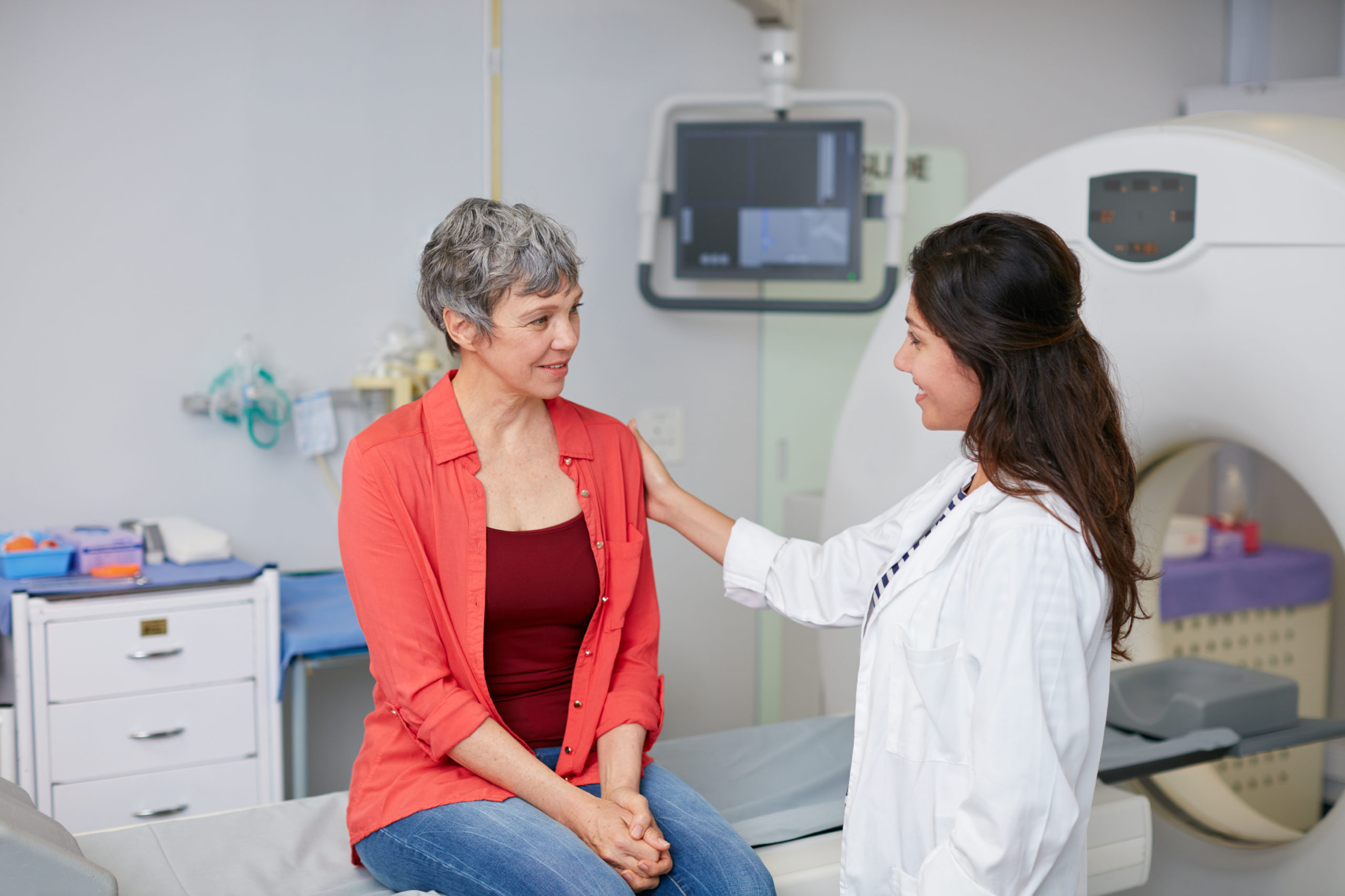Breast health is vital, and understanding when to choose a breast MRI can make a difference in cancer detection. A breast MRI is a powerful tool for revealing abnormalities that might be missed by other methods. It’s essential for those with dense breast tissue or a family history of breast cancer. Intermountain Medical Imaging underscores the importance of using breast MRIs for clear, accurate results. Women who have a genetic predisposition or previous breast cancer may benefit from this technology. MRIs are non-invasive and provide detailed images. They help doctors spot small changes early on. The American Cancer Society suggests MRIs alongside mammograms for some high-risk groups. This combination offers a more comprehensive view. Remember, early detection can significantly improve outcomes. By understanding when to use a breast MRI, we can take proactive steps in managing breast health. This guide will help you navigate these decisions with confidence.
Understanding Breast MRI
A breast MRI, or Magnetic Resonance Imaging, uses magnetic fields to produce detailed images of the breast. Unlike mammograms, MRIs do not use radiation. They are particularly useful in complex cases. For example, they help when a mammogram or ultrasound doesn’t provide enough information. An MRI can distinguish between benign and malignant growths, offering peace of mind.
When Should You Consider a Breast MRI?
Knowing when to consider a breast MRI is crucial. Here are three primary situations:
- High-Risk Factors: Women with a family history of breast cancer or genetic mutations like BRCA1 or BRCA2.
- Dense Breast Tissue: Those with dense breast tissue, where mammograms might not be as effective.
- Previous Cancer Diagnoses: Individuals with a history of breast cancer might need regular MRIs to monitor changes.
Benefits of Breast MRI
Breast MRIs offer several advantages:
- Detailed Imaging: Provides a comprehensive view that can detect abnormalities early.
- Non-Invasive: No radiation involved, making it safer for regular screening.
- Early Detection: Helps in spotting cancer at an earlier stage, increasing the chances of successful treatment.
Limitations of Breast MRI
While useful, breast MRIs do have limitations:
- Cost: MRIs can be expensive and might not be covered by insurance.
- False Positives: They might detect benign conditions, leading to unnecessary procedures.
- Availability: Not all medical facilities offer breast MRI imaging.
Comparison of Breast MRI and Mammogram
| Feature | Breast MRI | Mammogram |
|---|---|---|
| Imaging Detail | High | Moderate |
| Radiation Use | None | Yes |
| Cost | Higher | Lower |
| Availability | Limited | Wide |
What Experts Say
Experts from the American Cancer Society recommend considering both mammograms and MRIs for certain high-risk individuals. This dual approach provides a more thorough examination, especially for those who face a higher risk of breast cancer.
Conclusion
Choosing when to have a breast MRI is a personal decision influenced by medical history, risk factors, and expert recommendations. While MRIs provide detailed images, they should complement, not replace, regular mammograms for most women. Discuss with your healthcare provider to determine if a breast MRI is right for you. Stay informed, prioritize your health, and remember that early detection is key to managing breast cancer effectively.
